The royal towns of Madrid are oases of peace right next to the capital
Not far from the bustle of one of Europe’s main cities is a universe of calm, slowed time and living history. Madrid’s royal towns allow you to lose yourself in nature, explore charming places and travel back in time in the Community of Madrid, while enjoying incredible gastronomy and art. Here are all 11 for you to explore on your next visit to the capital.
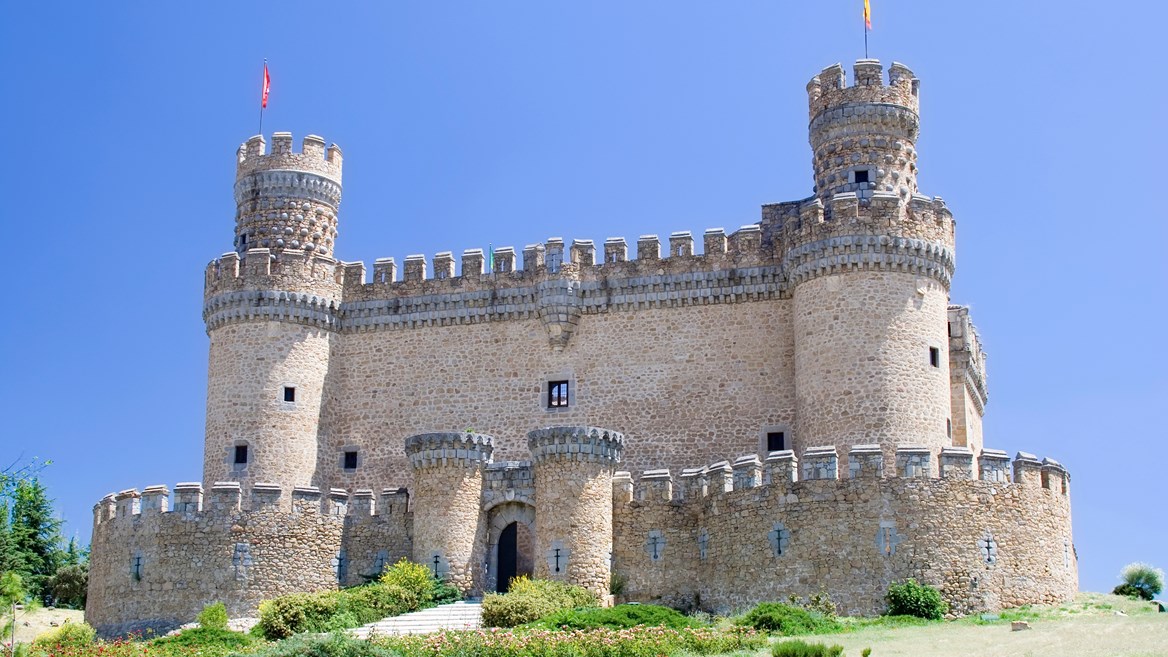
Less than an hour by car from Madrid’s centre, Manzanares el Real is set in a fairy-tale landscape. Its castle – the best preserved in the entire Community – was built in the 15th century and has a mixture of architectural styles that bridge the Lower Middle Ages and the Renaissance. Its natural setting is home to La Pedriza, part of the Sierra de Guadarrama National Park.
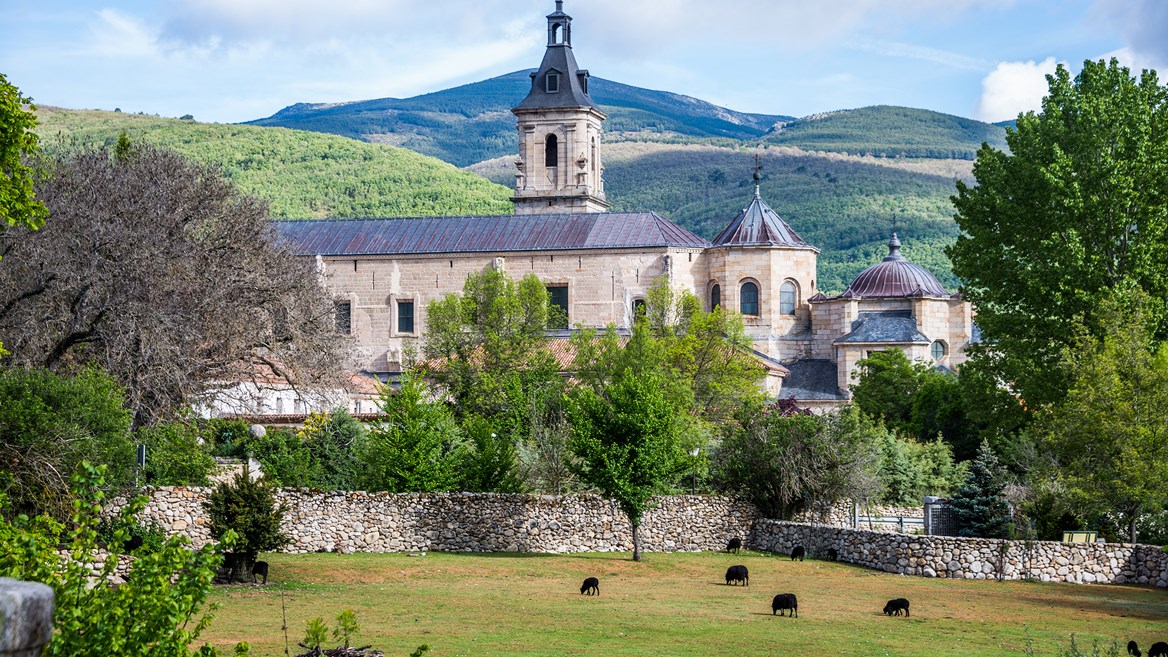
In the Lozoya Valley, next to the peaks and lakes of Peñalara mountain, the beauty of Rascafría and its surroundings led Henry II to found the Monastery of Santa María del Paular here. This Gothic gem still has 52 of the 56 original paintings by Vicente Carducho. The Monastery’s Benedictine monks continue to produce (and sell) artisanal products such as honey, spirits and even jewellery.
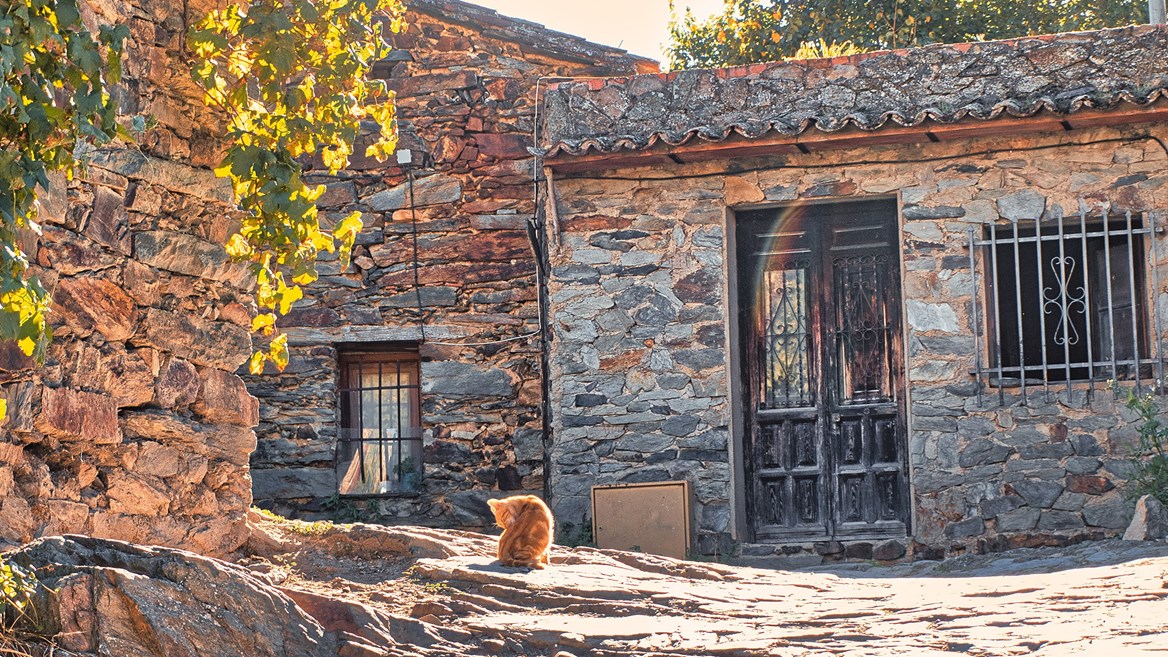
Patones de Arriba is a small village that – according to legend – no one paid any attention to for years as life went on there almost apart from the rest of the world. Its black slate architecture converts its streets into an outdoor museum. To enjoy the landscape, don’t miss the El Barranco ecological path that connects Patones de Arriba with Patones de Abajo.
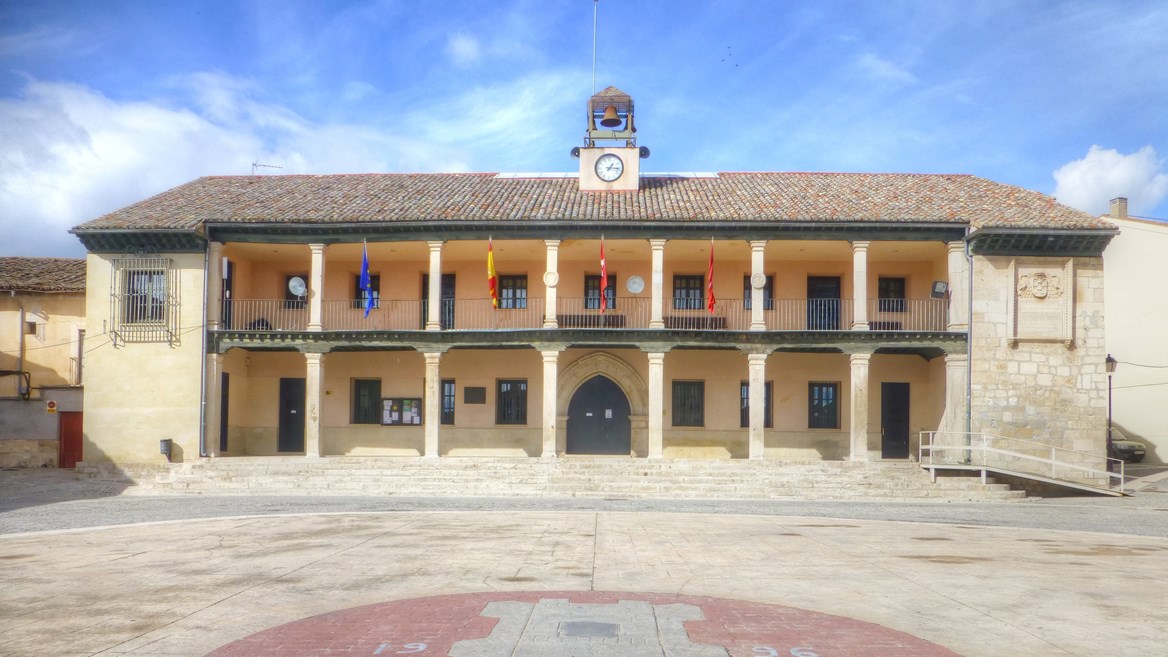
The birthplace of Cardinal Cisneros and the first burial place of Saint Maria of the Head, Torrelaguna is filled with history. The Gothic architecture of the Church of Saint Mary Magdalene and the Hospital de la Holy Trinidad (today, the House of Culture) – which, during the Middle Ages was first a mosque and then a synagogue – created the perfect setting for Cary Grant, Sophia Loren and Frank Sinatra in The Pride and the Passion (1957).

At the foot of the Somosierra mountain pass is the mediaeval royal site of Buitrago del Lozoya, which has an incredible historic centre surrounded by 800m of walls of Islamic origin. Here, you can try the rib steak or butter beans with blood sausage – cooked over a slow fire – and visit the Eugenio Arias Picasso-Collection Museum, with more than 60 works that the artist left to his hairdresser.
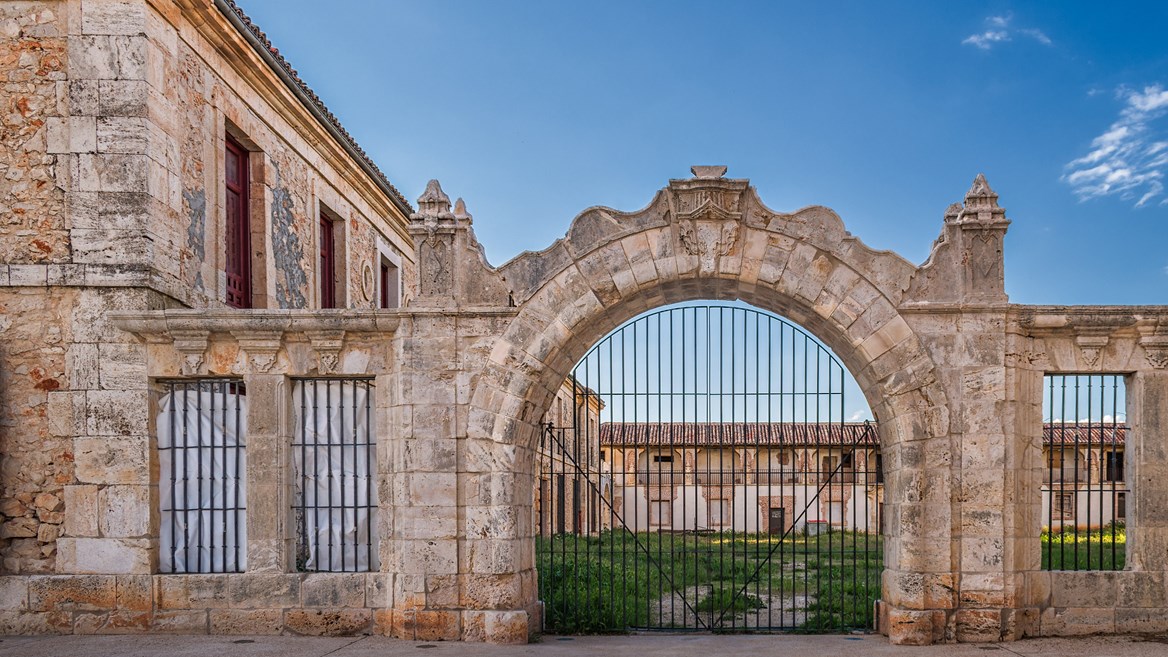
In 1709, the Navarra politician Juan de Goyeneche y Gastón – in his attempt to combat the demographic collapse and the deindustrialisation of the Spain at that time – decided to create a town dedicated specifically to craftsmanship: a village of factories and workshops. And so Nuevo Baztán was born. This municipality was built on the principles of the Enlightenment and on a little piece of Navarra in the Community of Madrid. Visit the church-palace of Benito Churriguera in the historic centre and enjoy the city’s award-winning wines.

Orson Welles, Rita Hayworth, John Wayne and Mexican actor Cantinflas have filmed in Chinchón, a royal town that almost seems like something out of a novel. Its Main Square, for instance, is a fine example of Castilian popular architecture and a real journey in time. In addition, guests at its restaurants and hotels can enjoy a wide range of gastronomy that includes its famous anises. During Holy Week, Chinchón turns into Jerusalem, and on the night of Holy Saturday, 200 residents recreate the Passion of Christ, an event that was declared to be of National Tourist Interest in 1980.

A small town rich with art, gastronomy and nature, Colmenar de Oreja is home to the Ulpiano Checa Museum (the works of this artist inspired the locations of Ben-Hur and Quo Vadis). It also offers gastronomic specialities such as las pozas, a sandwich made with durum wheat bread in which the crumb is replaced with a mixture of onion, tomato and marinade, or patatas chulas – confit potatoes cooked in olive oil and dressed with garlic, parsley and a bit of vinegar –paired with one of its DO Vinos de Madrid wines.

Observing its impressive keep, one imagines how magnificent the castle in Villarejo de Salvanés – which was the Great Landed Estate of Castile – must have been. From the top of the keep, you can see one of the most beautiful views of the Alcarria Madrileña area, a landscape of olive trees and oak trees bathed by the Tagus and Tajuña rivers. In Villarejo you can also visit the Film Museum, with machinery and items related to the seventh art, and have fun at its patron saint festivities in October.
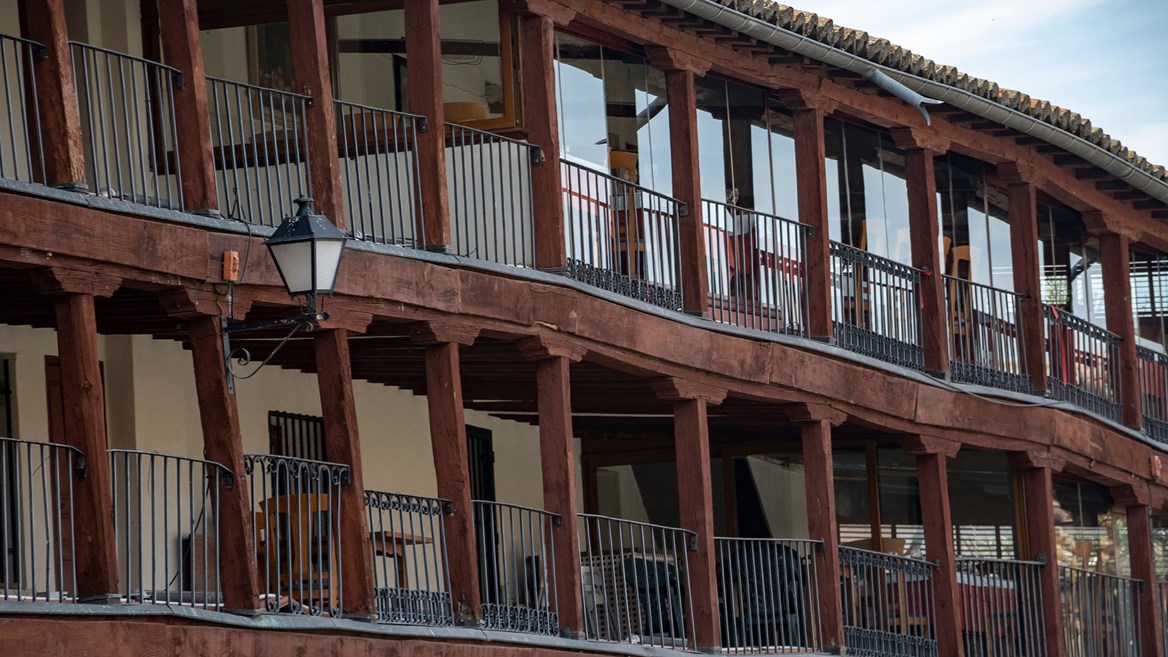
Navalcarnero is in the heart of Madrid’s wine-growing area, in a landscape of ridges and hills bathed by the Guadarrama and Alberche rivers. In its picturesque Segovia Square, you can try its DO Vinos de Madrid wines at some of the festivities the municipality organises for this product, such as the Fiesta de la Vendimia, which celebrates the wine harvest. To commemorate the marriage between Philip IV and Mariana of Austria – which took place in Navalcarnero – there is a Royal Golden Age Market, the perfect opportunity to taste olla del segador, a variant of the famous cocido madrileño stew.
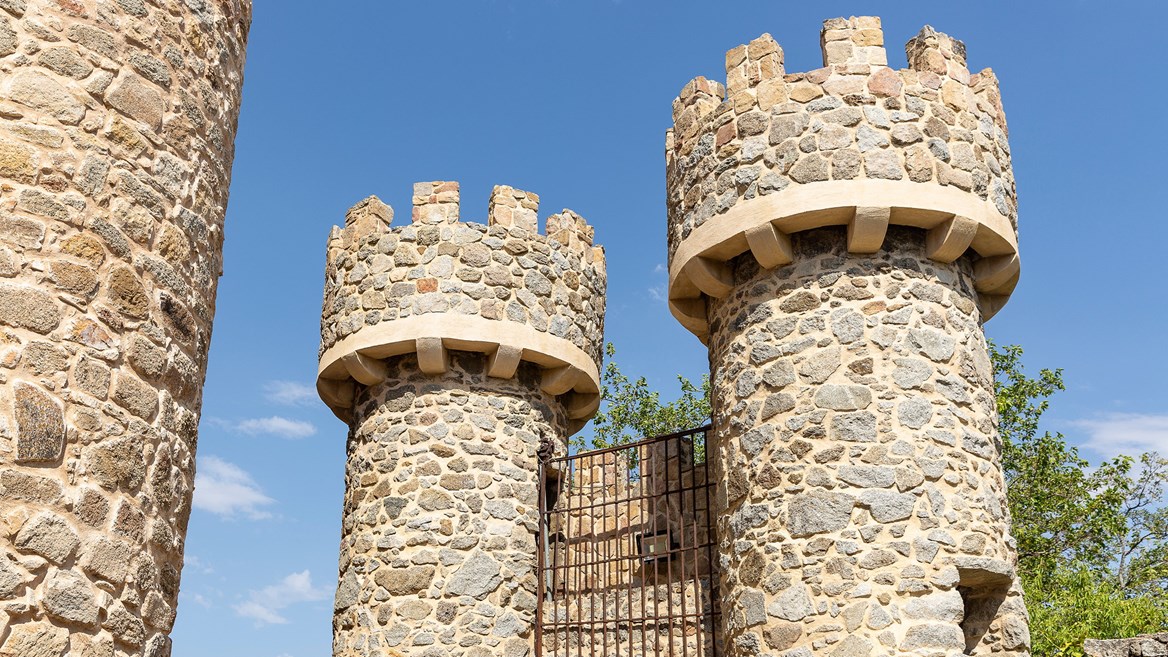
The wines of San Martín de Valdeiglesias have their own subzone within the Madrid DO due to the fantastic quality of its Garnacha (red) and Albillo Real (white) grapes. The heritage of San Martín, in the Sierra Oeste area, includes the keep of Coracera Castle, which faces the peaks of the Sierra de Gredos mountain range, with the San Juan and Picadas reservoirs, where you can enjoy a multitude of watersports and nature activities.
Less than an hour by car from Madrid’s centre, Manzanares el Real is set in a fairy-tale landscape. Its castle – the best preserved in the entire Community – was built in the 15th century and has a mixture of architectural styles that bridge the Lower Middle Ages and the Renaissance. Its natural setting is home to La Pedriza, part of the Sierra de Guadarrama National Park.











